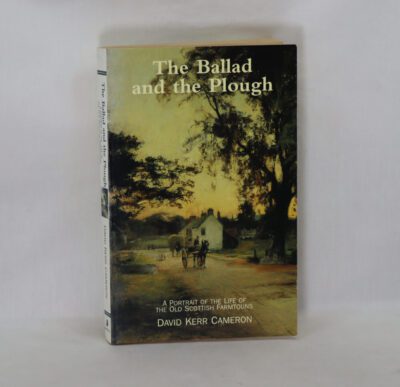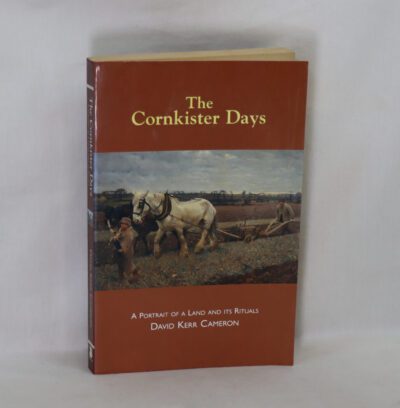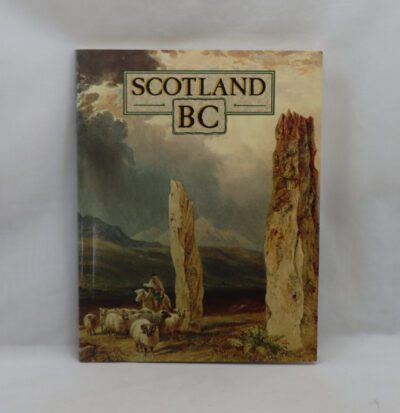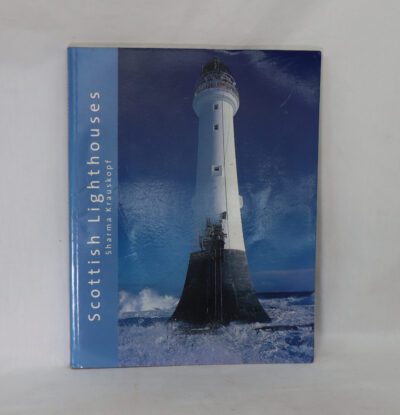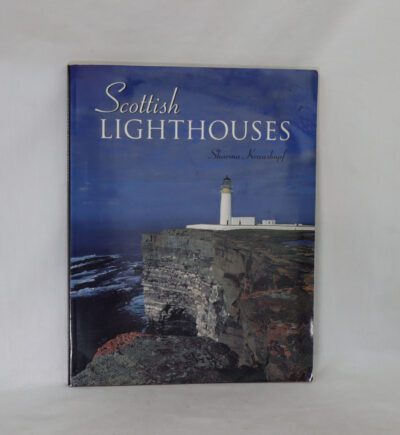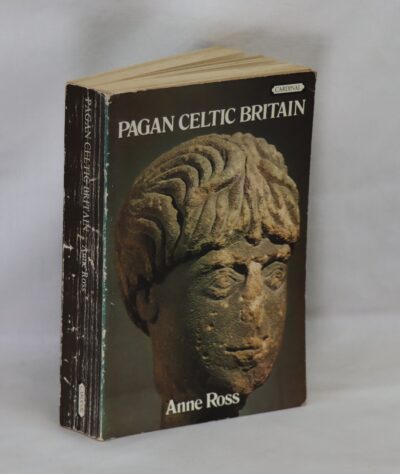A History of Scotland for Schools. Part 1.
By P Hume Brown
Printed: Circa 1907
Publisher: Oliver & Boyd. Edinburgh
| Dimensions | 14 × 19 × 2 cm |
|---|---|
| Language |
Language: English
Size (cminches): 14 x 19 x 2
Condition: Good (See explanation of ratings)
Your items
Item information
Description
Blue cloth binding with black title on the spine.
-
We provide an in-depth photographic presentation of this item to stimulate your feeling and touch. More traditional book descriptions are immediately available.
-
Note: This book carries the £5.00 discount to those that subscribe to the F.B.A. mailing list.
Written in 1907 by P. Hume Brown, Historiographer Royal for Scotland, as a comprehensive history for children and was used much in schools. It is written in an easy, accessible and lively style, it is packed with information concerning many rousing episodes from Scotland’s ling and turbulent history.
Peter Hume Brown, FBA (17 December 1849 – 1 December 1918) was a Scottish historian and professor who played an important part in establishing Scottish history as a significant academic discipline. In addition to teaching and writing, he spent 16 years as editor of the Register of the Privy Council of Scotland, and served as Historiographer Royal.
In 1901 Edinburgh University made him its first professor of Scottish history, after receiving a bequest for this purpose. The appointment highlights Hume Brown’s major role in “establish[ing] the academic respectability of Scottish history”. When this new departure for the university was announced, Hume Brown was described as “a man of new mark and likelihood among Scottish historical scholars” whose book Scotland before 1700 “presents a view of Scotland based entirely upon contemporary native sources”. Before Hume Brown’s inaugural address the principal expressed pleasure that “there was being introduced a fresh subject into the work of the University.” The new professor himself said it could not be a “revolutionary step” for a university to include study of “the national history”.
Hume Brown was concerned with Scotland’s nationhood, and saw the Reformation as a key period in the development of a national consciousness, when “Scotland was entering on a new phase of her national life”. He lectured his students on the Making of Scotland, while conceding that no historian could ever give a fully adequate account of the “making” of a nation. He was interested in studying Scotland in a European context more than in the context of the British Empire, and stressed that one country’s history could only be understood by “reference to the histories of other countries”. Though his writing style is considered restrained, he was more outgoing in conversation, entertaining friends and making an impression on the younger people around him.
At first his lectures only covered the years up to 1500, but when a second specialist on the history of Scotland, Henry Meikle, joined him in 1909, he added a course taking students up to 1800. He was invited to give prestigious lecture series at other universities, including the Rhind lectures for 1903 on “Scotland in the Time of Queen Mary” and the Ford Lectures for 1913/14. In 1908 he was made Historiographer Royal.
Want to know more about this item?

Related products
Share this Page with a friend




